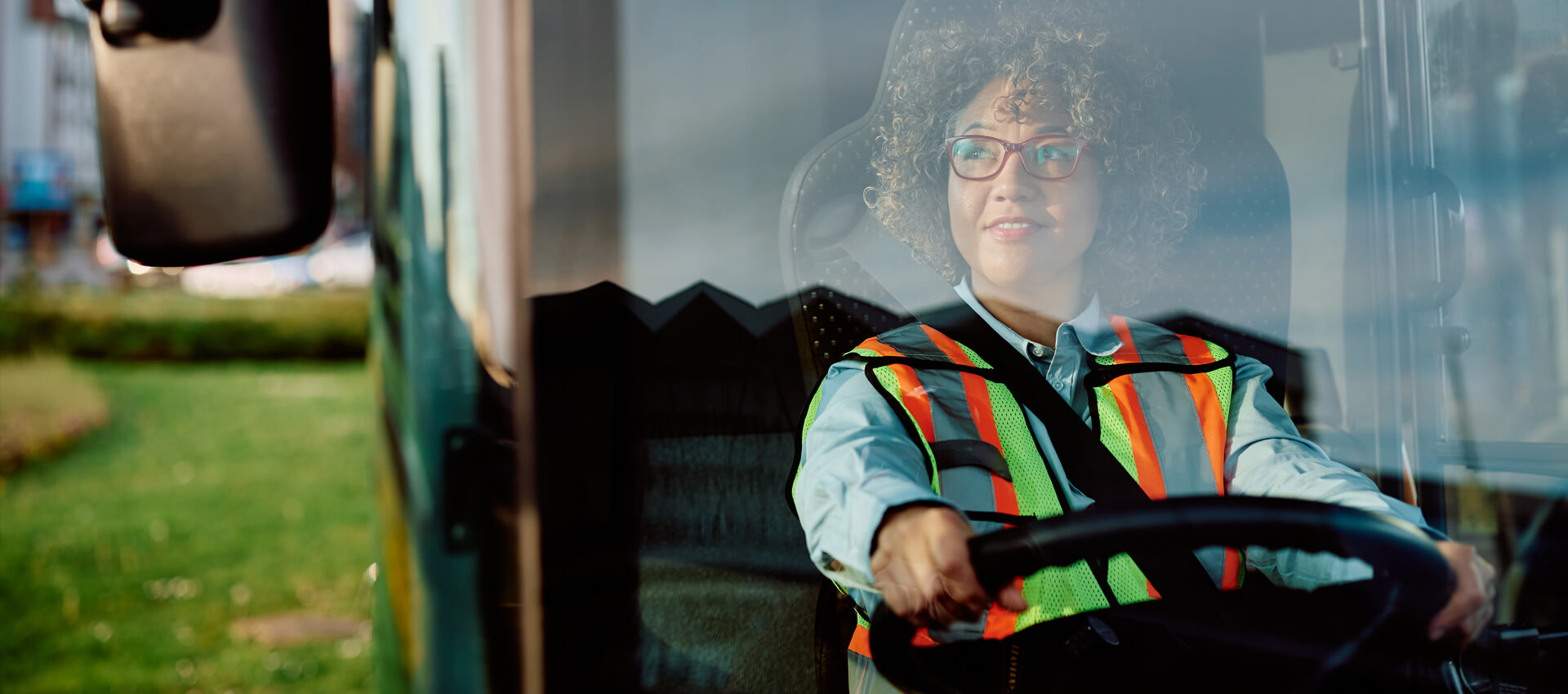The Practical Driving Test for Lorry and Bus Drivers

The Practical Driving Test for lorry and bus drivers is the last stage in becoming a professional driver, but what does the test entail? Read on to find out…
To gain the professional licence you will need to meet a higher medical standard and have passed both the Theory and Practical Driving Tests before your licence is granted.
Depending on whether you want to drive professionally you will also need to pass the Driver CPC Theory and Practical Tests.
About the Practical Driving Test for lorry and bus drivers
Your practical driving test will last approximately 90 minutes and you will be expected to complete:
- Vehicle safety questions (these are carried out at the start of the test)
- Practical road driving
- Off-road exercises
Documents you need to bring with you on your Practical Driving Test
If you don’t bring the correct documents with you on the day then your test may not be able to go ahead and you will lose your test fee.
You must bring:
- Both your multiple choice and Hazard Perception pass letters or your overall Theory Test pass certificate letter
- Both parts of your photo card licence (if you have an old style paper licence you must also bring a valid passport)
Vehicle safety questions for lorry and bus drivers
The vehicle safety questions are similar to the Show Me, Tell Me questions a learner driver has to complete as part of their driving test.
Some of the checks may involve you opening the bonnet and showing the examiner where certain things are; for example, how you would locate and check the fluid levels.
You are allowed to refer to the vehicle information system (if fitted) when answering questions on tyre pressures and fluid levels.
To view the full list of vehicle safety questions that you could be asked in your Practical Driving Test follow the links below.
View the Lorry and bus ‘show me, tell me’ vehicle safety questions here.
View the Lorry and bus with trailer ‘show me, tell me’ vehicle safety questions here.
The off-road exercises
As part of the off-road driving exercises, you will be asked to complete an ‘S’ shaped reverse into a bay and demonstrate the uncoupling and re-coupling procedure if you’re taking a test with a trailer.
Changes were made to the ‘S’ shaped manoeuvre for LGV, PCV, trailer or caravans on 26th March 2012 which made the area smaller.
The new manoeuvring area measures 66m x 11m, compared to the previous 92m x 18m.
The changes will mean that it’ll be easier and cheaper for trainers to conduct the practical test on their own premises. The reduced area was trialled before the changes came in showing that no change in the level of skill and judgement required to carry out the manoeuvre; maintaining the integrity of the test.
The on-road driving exercises
As part of your Practical Driving Test, the examiner will observe how you:
- Use the vehicle controls
- Move away downhill, uphill, and at an angle
- Conduct a braking exercise
- Use the mirrors
- Give appropriate signals
- Show awareness and anticipation of other road users intentions
- Manage your progress and control your vehicle speed
- Deal with hazards
- Select a safe place to stop
Practical Road Driving
The Practical Driving Test will include a range of typical road and traffic conditions.
Once you start your driving test the examiner will give you directions which you need to follow. You will also need to complete ten minutes of independent driving which is designed to assess your ability to drive and make decisions safely.
Observer on Test
The DVSA encourage candidates who are taking their practical test to take someone with them, preferably their instructor. Any person that accompanies you on your test must be at least 16 years of age.
If you would prefer not to take your instructor with you on your test you can call your instructor over so they can listen to your test debrief.
At the end of your test
Your examiner will tell you if you’ve passed or failed and will explain how you did during the test.
So long as you don’t commit 15 or more faults you will pass. If you commit more than 15 driving faults or one serious or dangerous fault, you will fail your driving test.
If you fail, you must wait three working days (this includes Saturday) before you can take the test again.
Good luck, and let us know how you get on!


